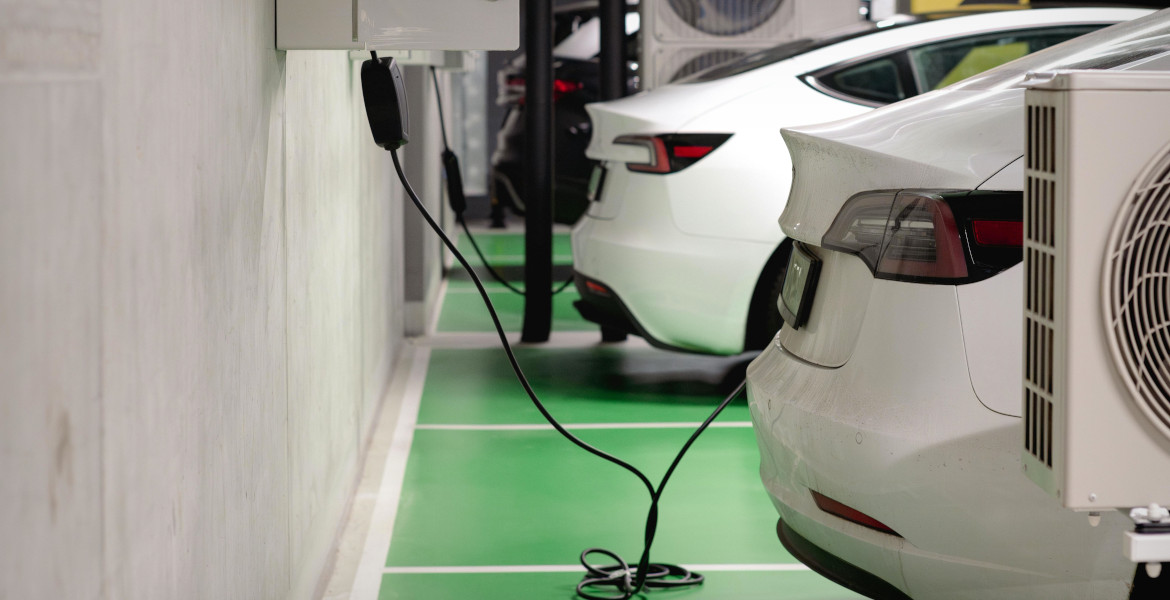China’s Communist Party under Xi Jinping has begun to turn inward to strengthen the domestic market by supporting domestic industry and stimulating people’s consumption.
This also includes a leveling strategy to reduce the large economic disparities between hundreds of millions of the affluent in the eastern parts of the country and as many less fortunate or purely poor in the western interior of the country.
In business, Chinese and especially state-owned companies are favored. These are often large basic industries with many employees but a low technical level. However, many high-tech companies have wholly or partly foreign owners and leaders.
Declining world trade and fewer and more expensive maritime transports as a result of covid restrictions also make China more inward-looking. China is also experiencing a shortage of electricity, as it boycotts Australian coal to pressure Australia not to support Taiwan.
China replaces high-quality Australian coal with the equivalent from neighboring Kazakhstan in the east. But instead of transporting it by rail, China picks it up by ship from the Black Sea via the Mediterranean, the Suez Canal, the Indian Ocean and the South China Sea.
This long sea transport is more expensive and takes longer, but transports the coal directly to the western part of China, where there is a greater need for high-quality coal.
This reduces other countries’ access to such coal. China’s greater investment in its own heavy industry is also reducing supply of other raw materials. It also affects western countries’ supply chains to vehicle and construction companies and other industries.
Wholly or partly foreign-owned industrial and trading companies in China are now disadvantaged in the competition for materials, labor and financing. Investors in Singapore and Taiwan see competition with China’s Communist Party and government, two sides of the same coin.
From praising rich entrepreneurs and popular artists for their successes, they are now being urged by China to benefit society and their appearance. At the same time, China wants to improve the conditions of the disadvantaged in order to create a more unified population.
Behind the scenes, China has great tensions between the rich west coast and the poorer hinterland and between the cold north and the warm south. With more inward-looking policies and economics, China is now trying to ease these tensions.
Then the rest of the world can end up outside.
Tege Tornvall









